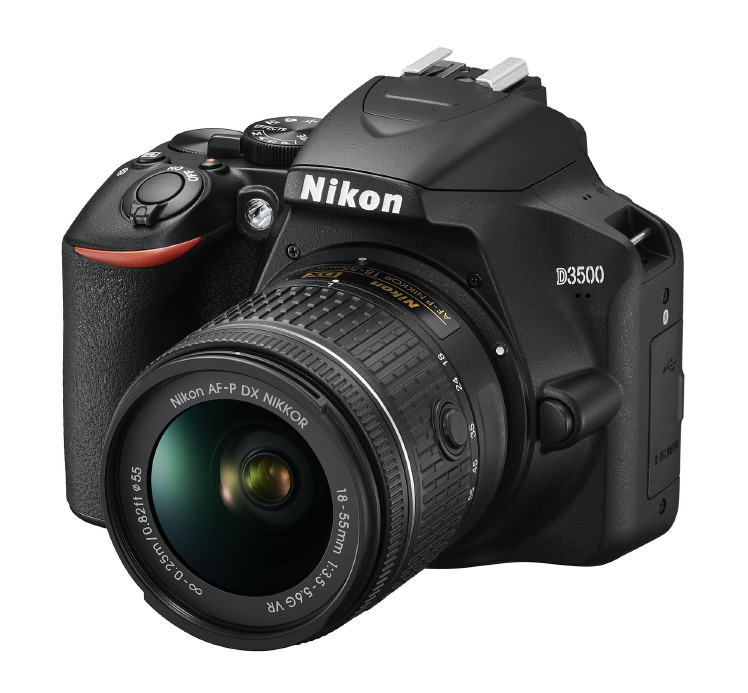Review: Nikon D3500
The Nikon D3500 is a highly acclaimed DSLR camera that has gained popularity among both amateur and professional photographers. In this comprehensive review, we will delve into the features, performance, and overall user experience of the Nikon D3500. Whether you are a photography enthusiast or a beginner looking to upgrade your gear, this article will provide you with all the information you need to make an informed decision.
Design and Build Quality
The Nikon D3500 boasts a sleek and compact design, making it lightweight and easy to carry around. It features a comfortable grip that allows for a secure hold, even during extended shooting sessions. The camera body is made of high-quality materials, ensuring durability and longevity.
Image Quality
When it comes to image quality, the Nikon D3500 does not disappoint. Equipped with a 24.2-megapixel DX-format CMOS sensor and the EXPEED 4 image-processing engine, this camera delivers stunningly sharp and detailed images. Whether you are capturing landscapes, portraits, or action shots, the D3500 consistently produces vibrant colors and accurate exposures.
Performance
The D3500 offers impressive performance, thanks to its EXPEED 4 image-processing engine. It has a fast start-up time and minimal shutter lag, allowing you to capture those spontaneous moments with ease. The camera also features a continuous shooting speed of up to 5 frames per second, enabling you to capture action shots with precision.
Key Features
The Nikon D3500 comes equipped with a range of features that enhance the overall photography experience. Some notable features include:
- Guide Mode: Perfect for beginners, the Guide Mode provides step-by-step instructions on how to achieve desired effects and settings.
- Full HD Video: Capture stunning 1080p full HD videos with smooth autofocus and impressive clarity.
- Built-in Bluetooth: Easily transfer images to your smart devices and share them with friends and family.
- Long Battery Life: The D3500’s battery can last up to 1,550 shots on a single charge, ensuring you never miss a moment.
FAQs
Q: Can I use my existing Nikon lenses with the D3500?
A: Yes, the D3500 is compatible with a wide range of Nikon F-mount lenses. You can use your existing lenses or explore new options based on your photography needs.
Q: Is the D3500 suitable for professional photography?
A: While the D3500 is primarily marketed towards beginners and photography enthusiasts, it does offer sufficient features and image quality for professional use. However, professional photographers may prefer higher-end models with additional advanced features.
Q: Can I shoot in RAW format with the D3500?
A: Yes, the D3500 allows you to capture images in both JPEG and RAW formats. Shooting in RAW gives you greater flexibility in post-processing and allows for more extensive adjustments to the image.
Q: Does the D3500 have image stabilization?
A: The D3500 does not have in-body image stabilization. However, some Nikon lenses come with built-in Vibration Reduction (VR) technology, which helps reduce camera shake and produce sharper images.
Q: How does the D3500 compare to its predecessor, the D3400?
A: The D3500 is an upgrade from the D3400, offering improved battery life, a more comfortable grip, and a refined user interface. It also introduces the Guide Mode, making it even more beginner-friendly.
Conclusion
The Nikon D3500 is a remarkable DSLR camera that excels in image quality, performance, and user-friendliness. Whether you are a beginner or an experienced photographer, the D3500 offers a wide range of features and versatility that allows you to capture stunning photos and videos. Its lightweight and compact design make it the perfect companion for capturing life’s precious moments. With long battery life and compatibility with various lenses, the D3500 is a reliable and versatile camera that will exceed your expectations.
HTML tags used in this article:
- <h1> – <h4>: Used for headings and subheadings
- <p>: Used for paragraphs
- <strong>: Used to emphasize keywords and titles
- <ul> and <li>: Used for creating lists
